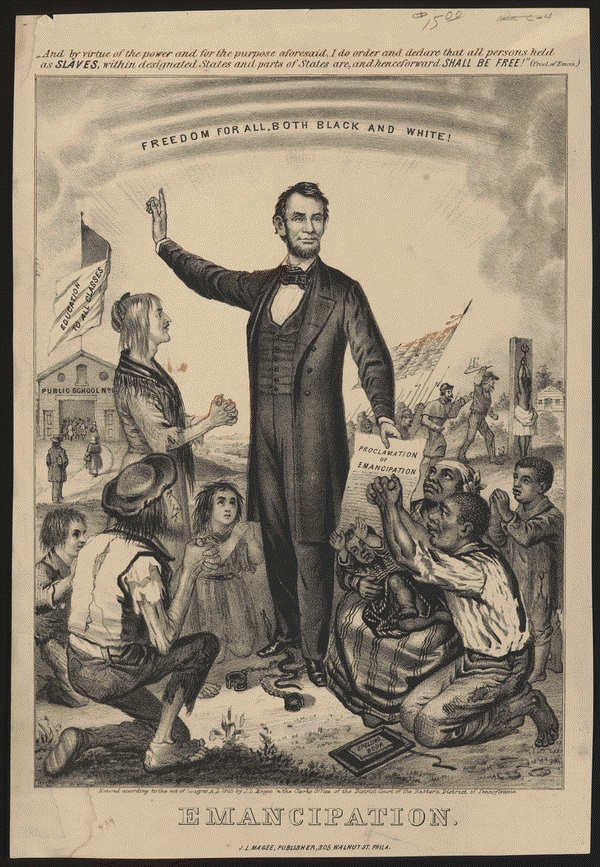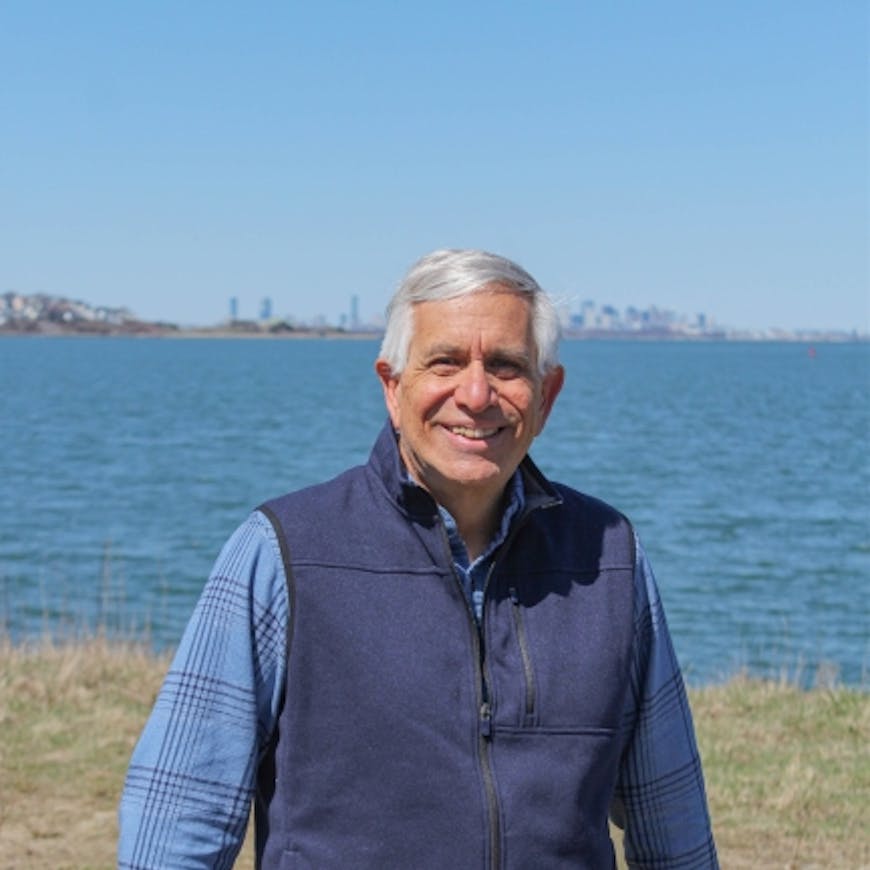Charles Sumner Witnesses the Abraham Lincoln Magic
Charles Sumner Witnesses by stephen puleo
by Stephen Puleo
In April 1865, at General Ulysses S. Grant’s Headquarters at City Point, Virginia, Massachusetts Senator Charles Sumner witnessed President Lincoln’s strong connection with front-line soldiers, one of many examples of how the two men learned from each other.
In my book, The Great Abolitionist, I include a chapter on the important events that took place during April, 1865, at General Ulysses S. Grant’s headquarters at City Point, Virginia.
Grant and his Army of the Potomac command staff ensconced themselves at City Point during the siege of Petersburg, and, after the fall of Richmond on April 2, awaited the surrender of General Robert E. Lee’s Army of Northern Virginia (which would occur on April 9 at Appomattox Court House, Virginia).

Eager to leave the constraints of the Executive Mansion and to be close to the action as the long and brutal Civil War ended, President Abraham Lincoln visited City Point from March 23 through late in the evening of April 8—interrupted only by his historic visit to Richmond on April 4—to discuss end-game strategies and post-war decisions with Grant and his staff. Charles Sumner was part of Lincoln’s close circle of advisors who joined him (Sumner and Mrs. Lincoln also visited Richmond two days after the President toured the former Confederate capital).
The gathering of luminaries is part of City Point’s rich history, a history my wife Kate and I were thrilled to experience on a road trip, which also took us to the Petersburg battlefield.
In addition to City Point serving as Grant’s headquarters, an island right off the mainland was also the location of a massive Union tent hospital, which housed 5,000 sick and wounded Union troops, as well as some Confederate soldiers. During the day on April 8, just before Lincoln and Sumner returned to Washington, Sumner watched in awe as the President shook hands with virtually every bedridden Union soldier.
Lincoln’s physical stamina was impressive enough—the President shook his head when Sumner asked him if his shoulder or hand was tired—but even more noteworthy was the way Lincoln so easily connected with these men, most of whom had suffered grievous wounds or were dying from debilitating diseases. Lincoln’s “where are you from, boy?” at one bed-stop, a “how do you do?” at another; a “thank you for your sacrifice” to an emaciated soldier whose head was swathed in bloody bandages, and even a magnanimous “I hope a Confederate colonel will not refuse me his hand,” when Lincoln reached the bedside of a captured rebel officer, who gratefully clasped the President’s hand in both of his.
It all seemed to come naturally to the President, Sumner observed—knowing what to say, how to say it, how long to visit, when to move on to the next bed; when to speak, when to listen, when to inject gentle humor even as he expressed grave concern. Sumner possessed little in the way of these instincts, and as he watched the President in action, he marveled that Lincoln’s mannerisms were neither contrived nor disingenuous. The President comforted all of these men but patronized none of them. He asked questions and listened with patience for the answers. The sheer daunting number of soldiers to greet required that he move efficiently, yet the President seemed to give each man all the time he needed. Authenticity and concern radiated from Lincoln’s tall, thin frame.
Sumner watched Lincoln—the indefatigable President’s face careworn, but his mannerisms energetic, personable, at ease, conveying to these men that he had nothing more pressing at this moment than visiting with them; expressing his love for them and their sacrifices.
It was yet another learning experience for Sumner about Lincoln; the President’s deep connection and popularity with ordinary people were keys to his success. Sumner, brilliant and passionate and unshakeable in his convictions, was more aloof in his style and temperament and found it difficult to relate to others on an emotional level.
Sumner’s observation of Lincoln at City Point was just one example of how he and Lincoln learned from each other—it’s one reason I was excited to visit the historic spot where the two men interacted in 1865. When Sumner first met the President in 1860, he had doubts about Lincoln’s commitment to abolish slavery and his ability to lead the country at such a perilous moment. When Lincoln first encountered Sumner, he respected the Massachusetts senator’s commitment to abolitionism and his dedication to equal rights, but questioned whether Sumner’s inability to compromise and lack of strong personal relationships would hinder his ability to achieve these goals.
As time went on, both men realized how much they shared, how committed they were to saving the Union, to living in a country free of slavery, dedicated to equality, and striving to form the “more perfect union” promised at its founding. Sumner came to admire Lincoln’s steadfast leadership, and Lincoln deeply respected Sumner’s unwavering and uncompromising crusade to abolish slavery and enshrine the principle of equality into America’s laws and customs.
Their close relationship enabled each man to learn about the other, and Lincoln’s warm interactions with wounded soldiers at City Point—which occurred just days before he was assassinated—was a reminder that the learning never stopped.
Sumner’s relationship with Lincoln is a key theme running through The Great Abolitionist—I think you’ll find fascinating the many examples of how each man influenced the other. Theirs is a remarkable story.

Stephen Puleo is a historian, teacher, public speaker, and the author of several books, including Voyage of Mercy, Dark Tide, American Treasures, and The Caning. A former award-winning newspaper reporter and contributor to American History magazine, the Boston Globe, and other publications, he holds a master’s degree in history and has taught at the University of Massachusetts-Boston and Suffolk University. He and his wife, Kate, reside in the Boston area.
